The Australian Competition and Consumer Commission (ACCC) has published recall notices for a range of decorative and coloured sand products that may contain asbestos.
Work health and safety (WHS) ministers have agreed to the new WEL list and a harmonised transition period ending on 30 November 2026. This change comes after extensive work and consultation to revise the Workplace exposure standards for airborne contaminants (WES).
An asbestos register is a workplace safety management tool that records the location, type, condition and date of identification of all asbestos and asbestos containing materials at your workplace.
Were the buildings, structures or plant equipment at your workplace built or installed before 2004, or if in Queensland before 1990?
Safe Work Australia has opened public consultation to seek feedback on the nature and extent of the issues surrounding the definition and requirements of competent persons for asbestos-related tasks.
Safe Work Australia is seeking your feedback on the issues related to the definition and requirements of competent persons for asbestos-related tasks.
Developed to provide laboratories and analysts with a consistent methodology for the sampling and analysis of airborne asbestos fibres in workplaces.
What is asbestos?
Asbestos is a naturally occurring mineral and typically found in rock, sediment or soil. Asbestos was once considered very useful for building products, gaskets, and friction materials like brake linings.
Further information on managing the risks when working with asbestos can be found below.
You must manage asbestos risks in your workplace. This includes keeping an asbestos register and an asbestos management plan.
If you are a person conducting a business or undertaking (PCBU), you must protect anyone that works with, or could be exposed to, asbestos.
Asbestos comes in different forms, and some are more dangerous than others. All of them can seriously affect your health.
Despite being banned in 2003, thousands of buildings and machinery parts still contain asbestos.
This guide will help you identify low density asbestos fibreboard (LDB) and will provide you with information about managing and handling LDB.
The guide helps doctors to monitor the health of workers exposed to asbestos.
Examples of work with asbestos include:
This fact sheet will help you understand what is a ‘minor contamination’ of asbestos-containing dust or debris in the workplace.
It should be read together with the relevant model Code of Practices:
This model Code of Practice sets out the legal duties for licensed and unlicensed asbestos removal.
This Code is for people involved in asbestos removal at work, including at residential premises. It applies if you:
This model Code of Practice sets out the requirements for how to manage and control asbestos in all workplaces, including when working in residential premises.
This Code is for:
While the use of asbestos has been banned in Australia since 2003, in the past there was widespread use of asbestos in buildings. Construction and maintenance workers may be more likely to be involved in work that can disturb asbestos.
